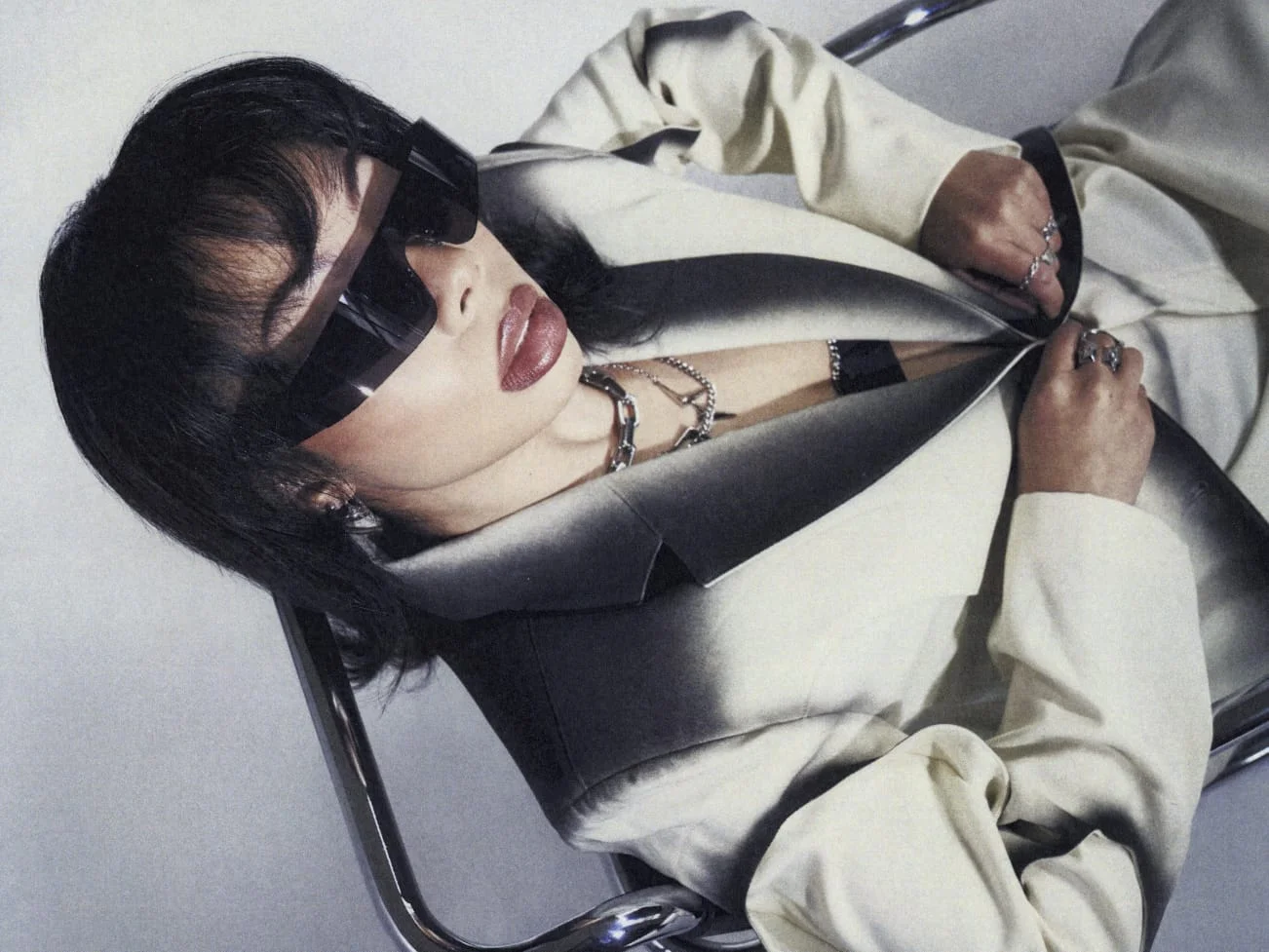Contemporary clothing design stands as a testament to the seamless blend of creativity and practicality. It’s an art form where imagination’s flair meets everyday wear’s tangibility. This journey of fashion, from the creative cocoon of a designer’s studio to the dynamic streets of everyday life, is a fascinating one. It’s about how trends are born, nurtured, and eventually embraced by the public.
In this blog, we’ll dive deep into the fascinating process that transforms a designer’s vision into the trends we see and wear daily. From the spark of inspiration in the studio to the final showcase on the catwalk, every step in creating contemporary clothing is a blend of art, skill, and market insight.
Table of Contents
The Birth of a Contemporary Clothing Design
Inspiration and Conceptualization
Every piece of clothing begins with an idea, a spark of inspiration. For contemporary designers, this inspiration can come from anywhere – the natural world, a piece of art, or the pulse of current cultural trends. The challenge lies in translating these abstract ideas into tangible clothing concepts. This phase is all about dreaming big and envisioning what could be.
Sketching and Designing
Once the concept is clear, the next step is bringing it to life through sketches. Designers spend hours penciling down their ideas and experimenting with different fabrics, colors, and patterns. This stage is crucial as it lays the groundwork for what will eventually become a wearable piece of art. It’s a time of exploration and creativity, where designers play with possibilities and push the boundaries of traditional fashion.
From Sketch to Sample
Creating the First Sample
Turning Sketch into Sample
- The journey from a sketch to a physical sample is a transformative process.
- Tailors and pattern makers meticulously craft the designer’s vision, bringing the sketch to life.
Key Roles
- Tailors focus on constructing the garment.
- Pattern makers translate the design into a blueprint for the tailors.
Skills Required
- A deep understanding of fabric behavior and garment construction.
- A keen eye for detail to ensure every element aligns with the designer’s vision.
Revisions and Finalization
Initial Review
- The first sample is scrutinized for its fit, appearance, and practicality.
Iterative Process
- Multiple rounds of revisions are common.
- Adjustments may include altering fit, modifying design details, or changing materials.
Finalization
- A focus on achieving the perfect balance between aesthetics and wearability.
- The end goal is a product that is not only stylish but also comfortable and functional.
Testing the Market
Fashion Shows and Exhibitions
A key milestone in the journey of a clothing design is its debut on the runway or at fashion exhibitions. These events are more than just showcases; they are platforms where designers gauge the response of the industry and the public. The bright lights of the catwalk bring the designer’s vision to life, presenting it to the world in its most glamorous form.
Feedback and Adaptation
Feedback from these events is invaluable. Fashion critics, buyers, and the public provide insights that can make or break a collection. Designers must be adaptable, taking this feedback and using it to refine their designs. This process ensures that the final products represent the designer’s vision and resonate with the market.
Production and Beyond
Mass Production: Scaling Up Design
- From Sample to Scale: The transition from a single sample to mass production is a significant step in the life cycle of a garment. At this stage, the design that was perfected in the studio begins its journey to wardrobes worldwide.
- The Factory’s Role: Production typically occurs in factories where skilled workers and advanced machinery work together to replicate the designer’s sample in large quantities.
- Ethical Considerations: An essential aspect of mass production is maintaining ethical standards. This includes fair labor practices, sustainable sourcing of materials, and minimizing environmental impact.
Marketing and Distribution: Reaching the Audience
- Strategic Marketing: Once the clothing is produced, the next challenge is marketing. Brands employ various strategies, including engaging advertising campaigns, collaborations with influencers, and fashion shows, to create buzz around their collections.
- Distribution Channels: The final step is getting the clothing to the consumer, which involves a network of distribution channels. This includes both physical stores and online platforms, each playing a crucial role in ensuring that the latest designs are accessible to a broad audience.
The Role of Street Style
Influence on Everyday Fashion
- From Runway to Reality: The influence of these contemporary designs on everyday street style is profound. Pieces that debut on the runway or in high-fashion campaigns often find their way into mainstream fashion, adapted by a wider audience in their unique style.
- Accessibility and Adaptation: As these designs become more accessible, people incorporate them into their everyday attire, adapting them to their tastes and local trends.
Evolution and Trends
- A Cyclical Influence: Street style, in turn, influences future designs. Designers often draw inspiration from the fashion they see on the streets, creating a cyclical process where high fashion influences streetwear, and streetwear influences high fashion.
- Trendsetting on the Streets: Street style has become a powerful force in shaping fashion trends. It’s not just about what’s seen in fashion shows or magazines but also about what real people wear in their daily lives.
Conclusion
The journey of contemporary clothing design from concept to streetwear is a vivid story of creativity and evolution. It begins in the designer’s studio with a vision, evolves through meticulous crafting and market testing, and comes to life in the diverse styles seen on the streets. This cycle, where high fashion meets everyday wear, is what keeps the world of fashion fresh and exciting.
Discover how Sans Gêne contributes to this vibrant world of contemporary fashion. Explore their unique collections, inspired by the same creative journey, and find your place in this ever-changing fashion narrative. Share your experiences with Sans Gêne styles and be part of the ongoing dialogue about contemporary fashion.
Join us in celebrating the dynamic and diverse world of modern clothing with Sans Gêne – where every piece tells a story.














